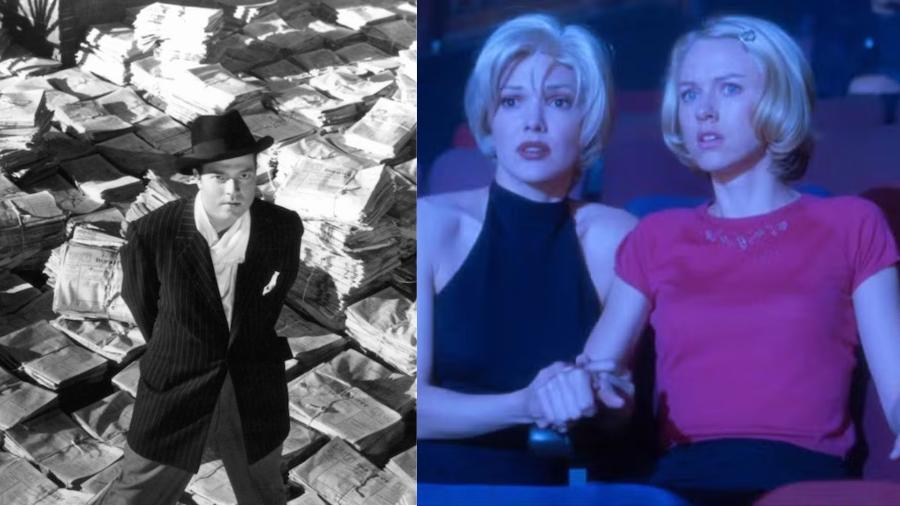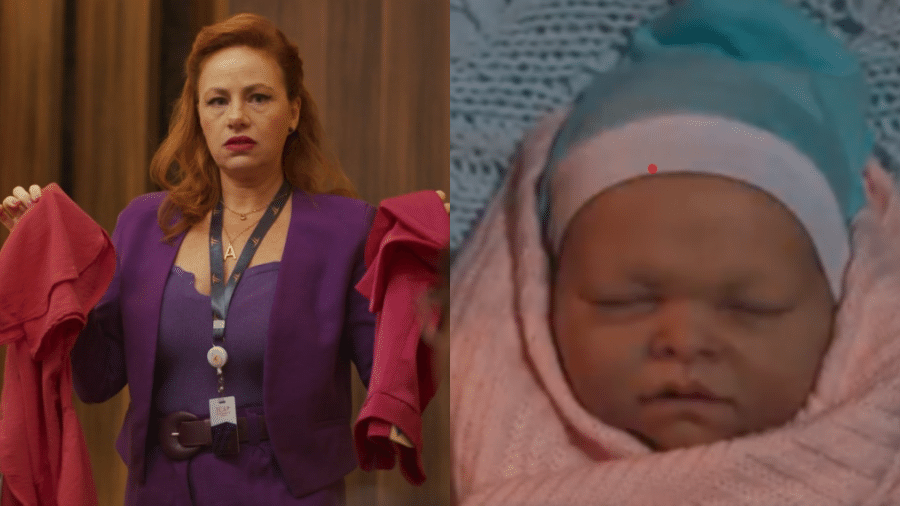Marilyn Monroe morreu sem dinheiro para funeral adequado, diz autora

Marilyn Monroe foi um dos maiores ícones do cinema, mas morreu quase sem nenhum dinheiro, segundo a autora Joyce Carol Oates da biografia romanceada "Blonde". A escritora falou sobre o assunto durante o 21º Neuchâtel Intl. Fantastic Film Festival na Suíça.
O romance de Oates revive a história de Monroe - nascida Norma Jeane Mortenson, mais tarde chamada Norma Jeane Baker - e como ela perdeu sua identidade para se tornar a loira que os fãs aram a amar e seu trágico fim.
"Marilyn fez dinheiro para muitos homens, mas não muito para ela. Quando ela morreu, aos 36 anos, não tinha dinheiro suficiente para um funeral decente", revelou.
Em breve o público conhecerá mais detalhes sobre a trágica história de fama e fortuna de Marilyn Monroe no filme homônimo "Blonde" da Netflix, dirigido por Andrew Dominik, uma adaptação do best-seller escrito por Joyce.
Ana de Armas assume o papel principal. Oates já viu o filme e aprovou o resultado. O filme estreia em 23 de setembro.
"Andrew Dominik é um diretor muito brilhante. Acho que ele conseguiu mostrar a experiência de Norma Jeane Baker a partir de sua perspectiva, em vez de vê-la de fora, o olhar masculino olhando para uma mulher. Ele mergulhou na perspectiva dela", explicou
















ID: {{comments.info.id}}
URL: {{comments.info.url}}
Ocorreu um erro ao carregar os comentários.
Por favor, tente novamente mais tarde.
{{comments.total}} Comentário
{{comments.total}} Comentários
Seja o primeiro a comentar
Essa discussão está encerrada
Não é possivel enviar novos comentários.
Essa área é exclusiva para você, , ler e comentar.
Só s do UOL podem comentar
Ainda não é ? Assine já.
Se você já é do UOL, faça seu .
O autor da mensagem, e não o UOL, é o responsável pelo comentário. Reserve um tempo para ler as Regras de Uso para comentários.